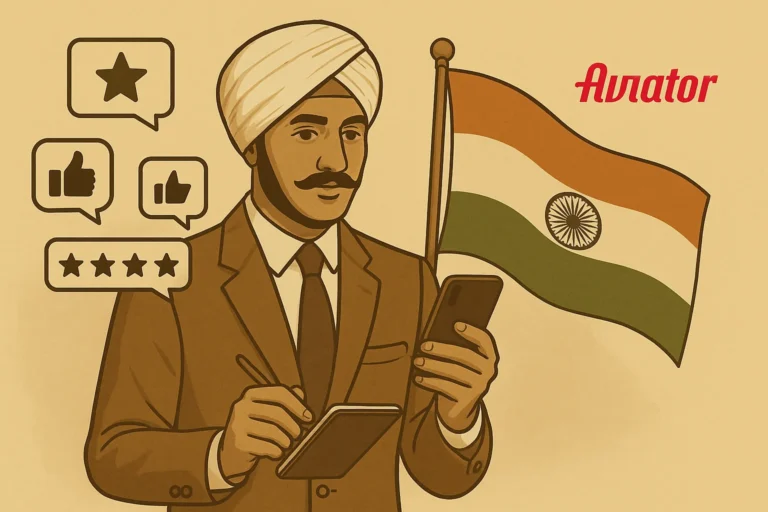
Aviator Game Reviews from Real Indian Users
Aviator is rapidly becoming a favorite among Indian gamers, thanks to its simple mechanics and real-time cashout feature. But what do actual players say after…


Aviator is rapidly becoming a favorite among Indian gamers, thanks to its simple mechanics and real-time cashout feature. But what do actual players say after…
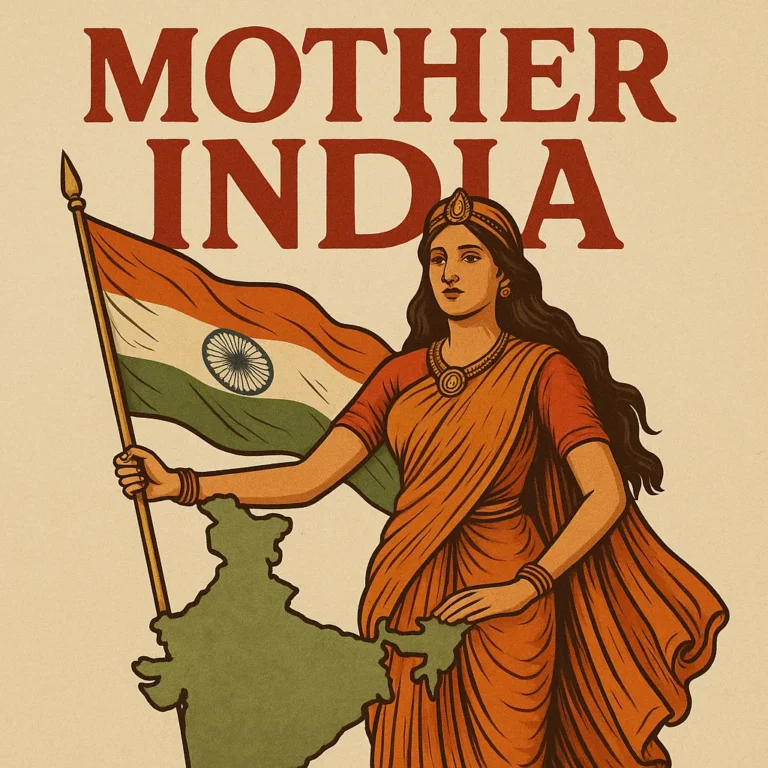
When we say Mother India, we’re not just talking about geography. We’re talking about memory, movement, and meaning etched in ink, paper, and time. Through…
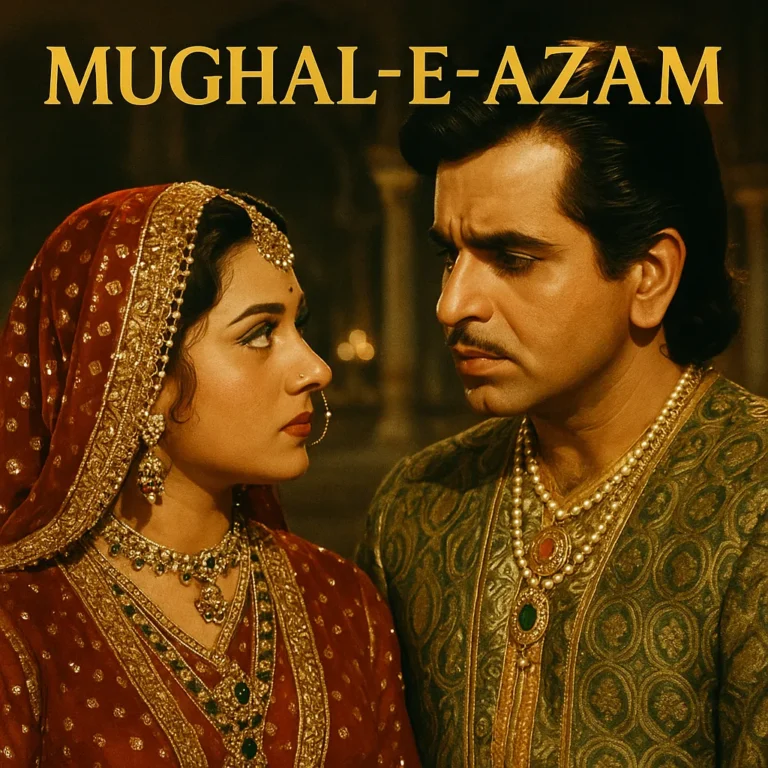
Some stories never die — they echo across generations, like a royal whisper in a marble hallway. Mughal E Azam, released in 1960, isn’t just…

By Dr. Arjun Pillai, Aviation Historian and Fellow of the Indian Institute of Historical Research The Dawn of Indian Skies: First Flights and British Influence…

In the sands of Rajasthan lies a story older than most modern cities. Kalibangan, one of the most important yet overlooked sites of the Indus…
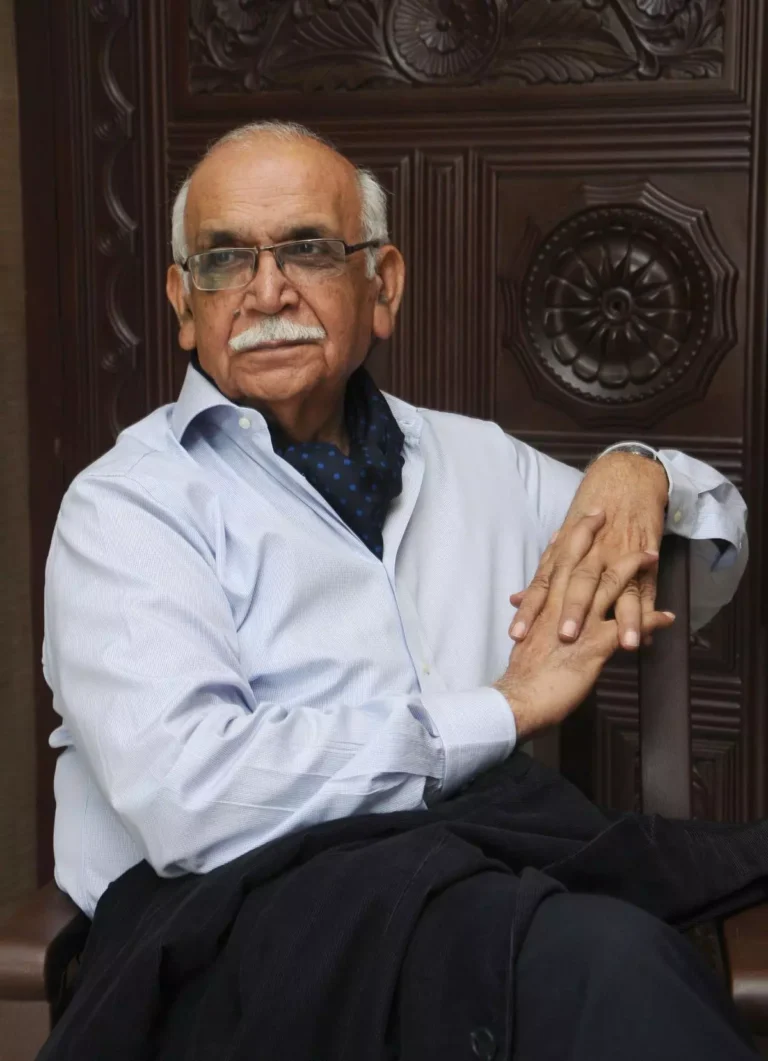
For as long as I can remember, Dr. B.N. Goswamy has been a figure of immense stature in my life. However, my realization of his…
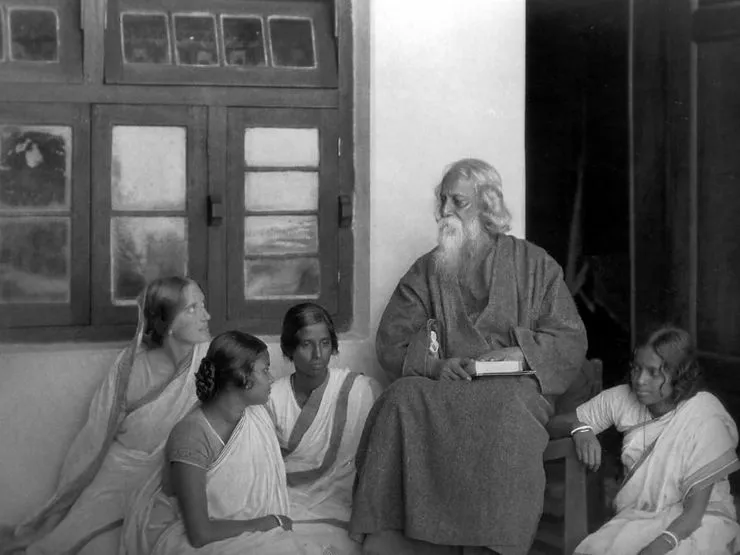
Rabindranath Tagore, often celebrated for his intellectual breadth, was more than a poet or philosopher. His influence spanned literature, painting, social reform, and education. His…
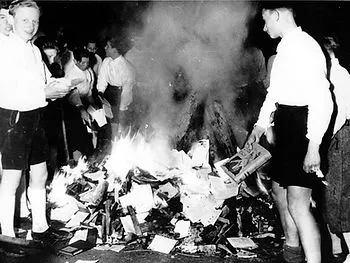
The title of this essay takes inspiration from the German concept Vergangenheitsbewältigung, meaning “coming to terms with the past.” After the Second World War, Germany embarked…

The legacy of Tipu Sultan continues to provoke debate and divergent interpretations. For some, he represents a heroic figure of resistance and a symbol of…

The Creative Mind Behind the Canvas An artist’s process is an intricate blend of technique and introspection, with every brushstroke, color choice, and composition reflecting…